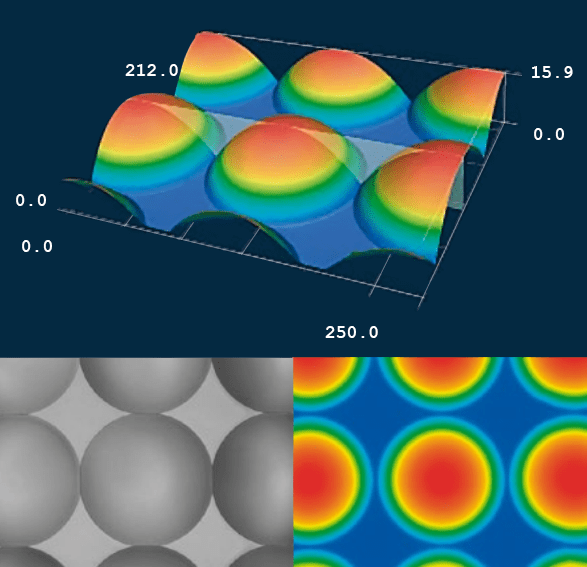Laser Scanning Confocal Microscopy (LSCM)
Laser scanning confocal microscopy (also called “VK” or “VKX” after the instrument used) is a nondestructive technique that generates 2D and 3D images of a sample surface. Covalent’s laser confocal microscopes can accomplish both broadband, white-light optical imaging and laser-confocal imaging.
Strengths
- Controlled depth-of-field
- 3D reconstructions and visualizations are possible with serial sectioning
- Straightforward, relatively rapid data collection
Limitations
- Optical properties of material determine end data quality
- High-energy laser source can cause damage to live cells and tissues



